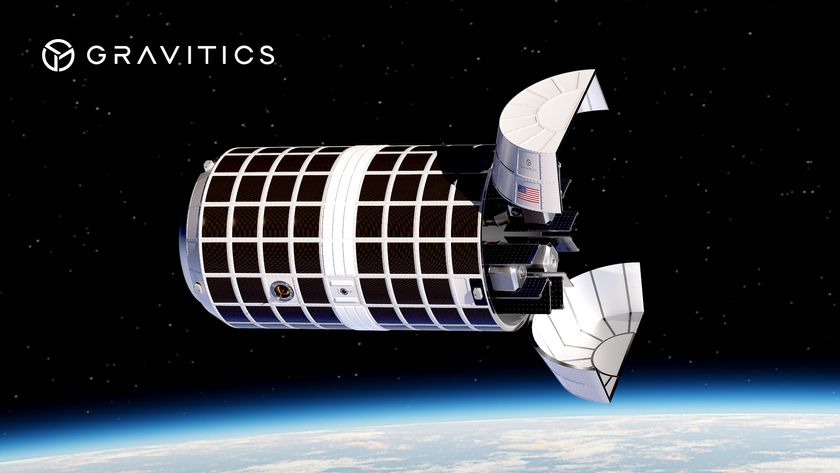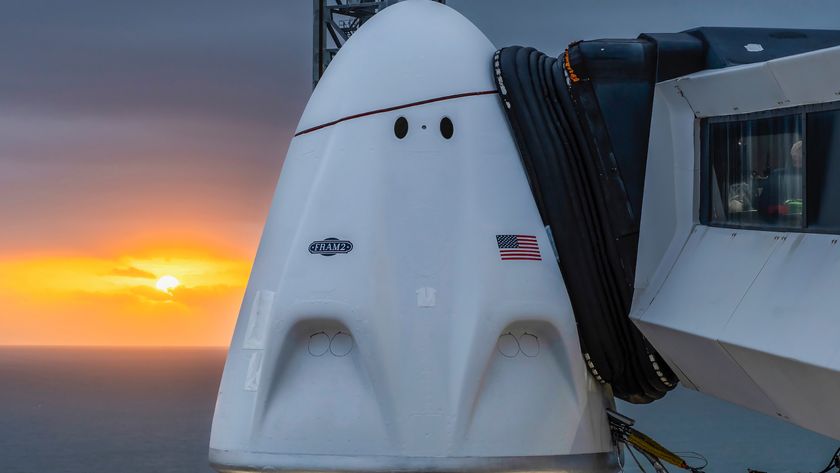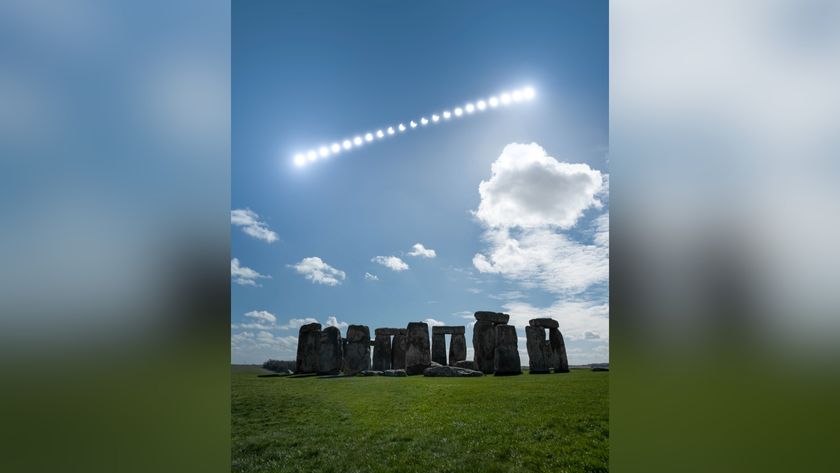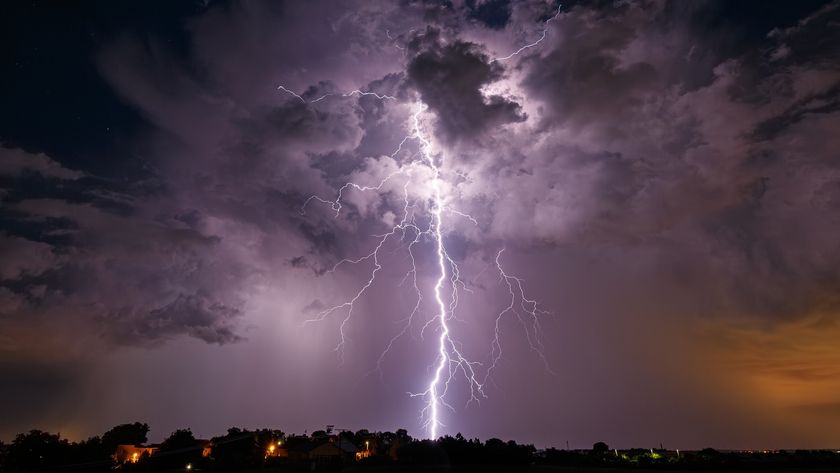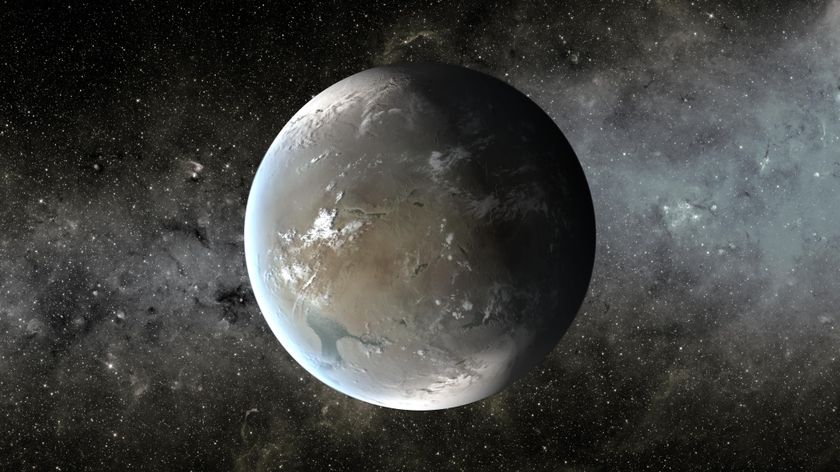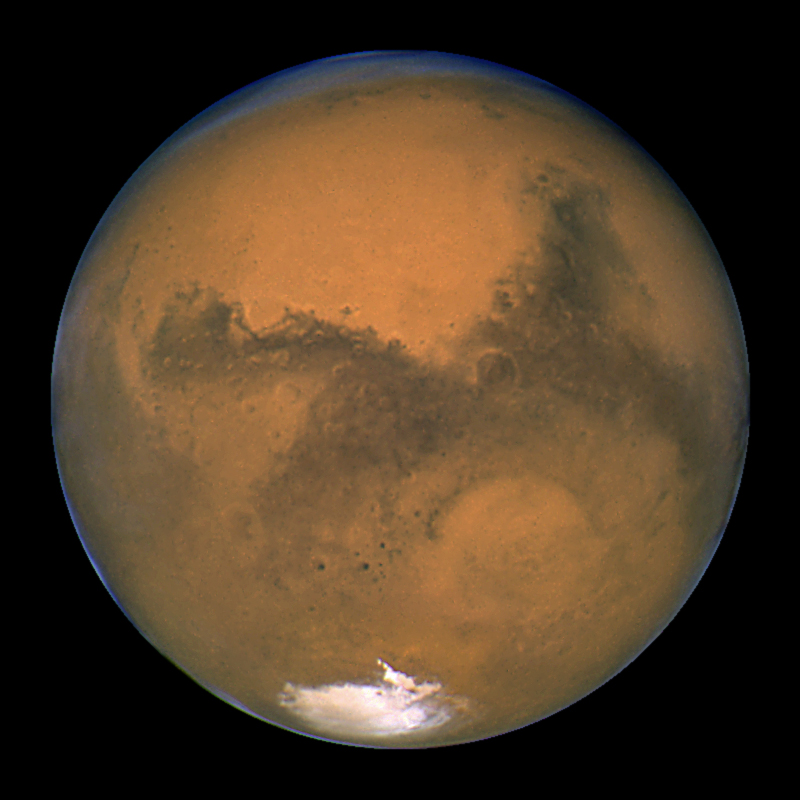
Have signs of ancient Martian life been found inside a Red Planet meteorite?
A team of scientists says that microscopic tunnels and carbon-rich spherules that stud the interior of a Martian meteorite known as Yamato 000593 may have been formed by Red Planet organisms long ago, NBC News reported today (Feb. 25).
The new study, which was published in the February issue of the journal Astrobiology, does not claim that Yamato 000593 harbors conclusive evidence of life on Mars. But the rock may indeed contain something truly special, its authors say.
"We cannot exclude the possibility that the carbon-rich regions in both sets of features may be the product of abiotic mechanisms; however, textural and compositional similarities to features in terrestrial samples, which have been interpreted as biogenic, imply the intriguing possibility that the Martian features were formed by biotic activity," they write in the study, which you can read here.
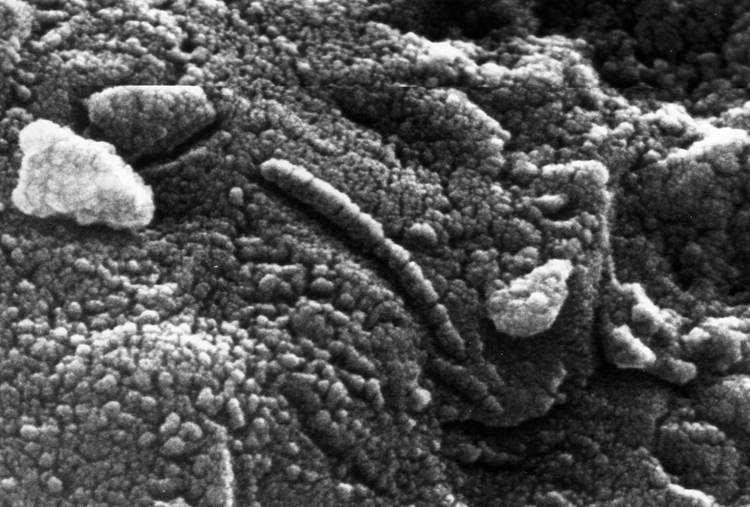
The new study comes 18 years after researchers announced that they had found evidence of possible Martian lifeforms in a different meteorite from the Red Planet, known as Allan Hills 84001 (ALH 84001). Much of the scientific community was unswayed, however, saying ALH 84001's "nanofossils" could be abiotic in origin.
The new Astrobiology paper is already meeting with similar scrutiny and skepticism, as its authors undoubtedly knew it would.
"I don't think the science community will find 'textural and compositional similarities' compelling enough to be proof of a biological origin," Chris McKay, of NASA's Ames Research Center in Moffett Field, Calif., told NBC News.
Get the Space.com Newsletter
Breaking space news, the latest updates on rocket launches, skywatching events and more!
The lead author of the 1996 ALH84001 paper — which was published in the prestigious journal Science — was David McKay, a scientist at NASA's Johnson Space Center (JSC) in Houston. (He and Chris McKay are not related.) David McKay, who died last year, is also a co-author on the new Astrobiology paper.
The research team plans to continue and expand its investigation of the 30-lb (13.5 kilograms) Yamato 000593 meteorite, which scientists say formed about 1.3 billion years ago on Mars and landed in Antarctica a maximum of 10,000 years ago, after being blasted off the Red Planet by an impact event.
"We have to go to the next step of going in there and tearing these carbon molecules apart," Everett Gibson of JSC, who was involved in both the ALH84001 and Yamato 000593 studies, told NBC News.
Follow Mike Wall on Twitter @michaeldwall and Google+. Follow us @Spacedotcom, Facebook or Google+. Originally published on Space.com.
Join our Space Forums to keep talking space on the latest missions, night sky and more! And if you have a news tip, correction or comment, let us know at: community@space.com.

Michael Wall is a Senior Space Writer with Space.com and joined the team in 2010. He primarily covers exoplanets, spaceflight and military space, but has been known to dabble in the space art beat. His book about the search for alien life, "Out There," was published on Nov. 13, 2018. Before becoming a science writer, Michael worked as a herpetologist and wildlife biologist. He has a Ph.D. in evolutionary biology from the University of Sydney, Australia, a bachelor's degree from the University of Arizona, and a graduate certificate in science writing from the University of California, Santa Cruz. To find out what his latest project is, you can follow Michael on Twitter.




